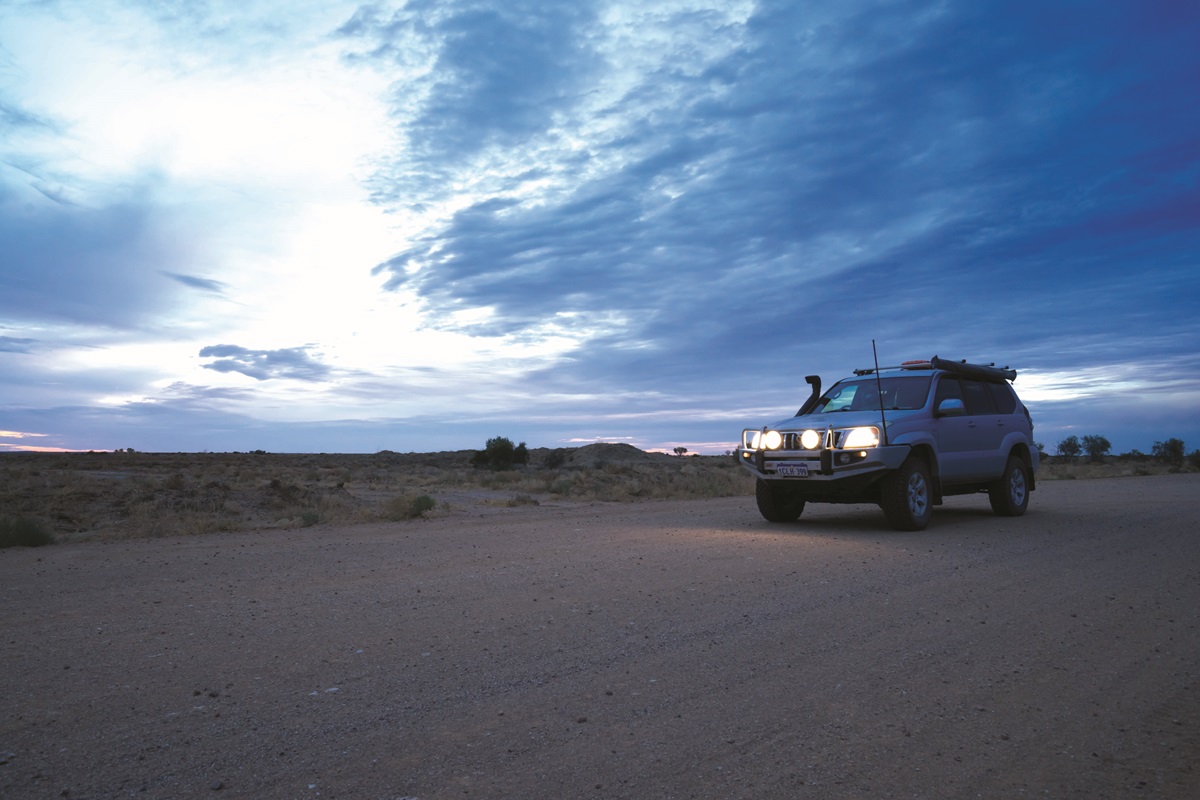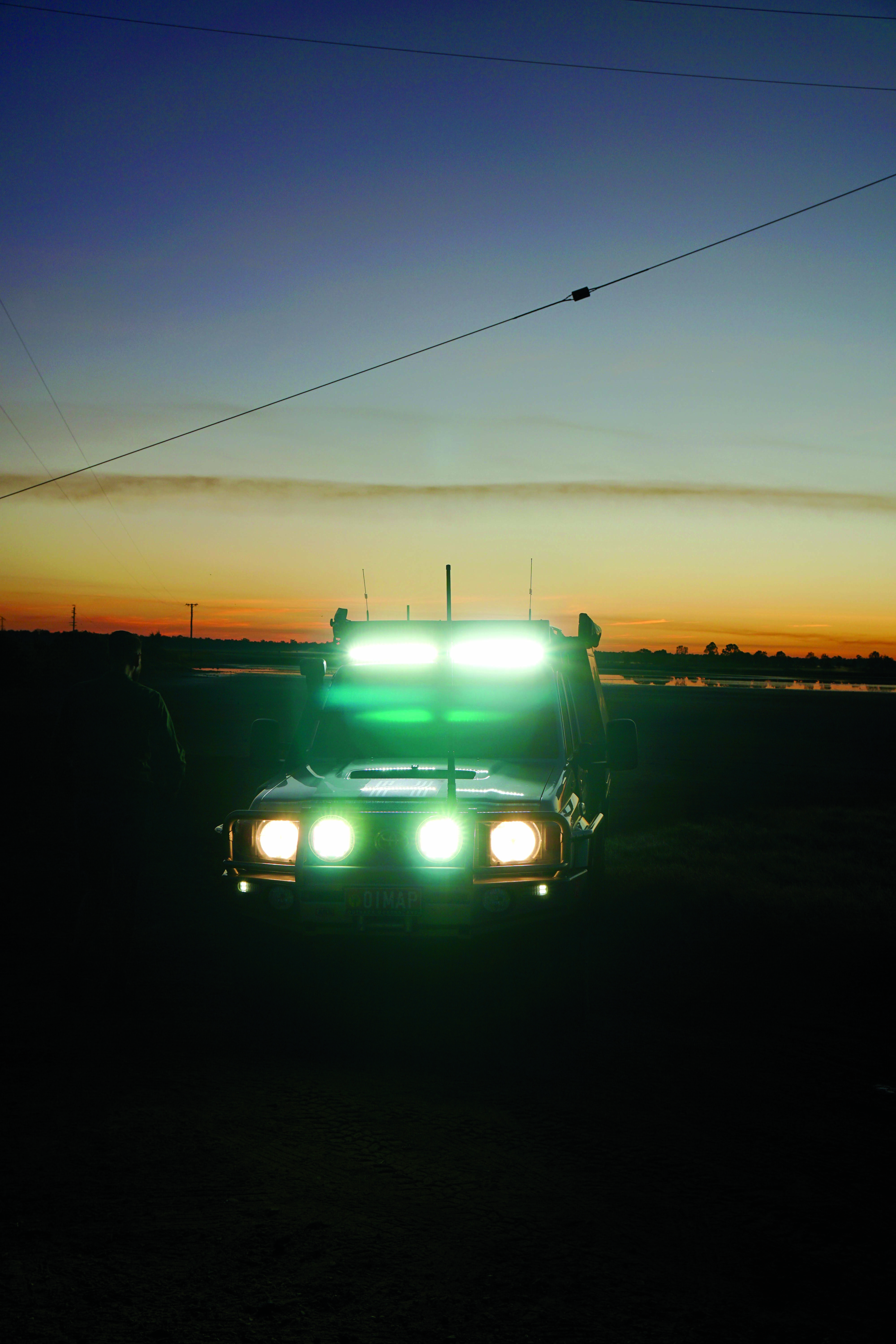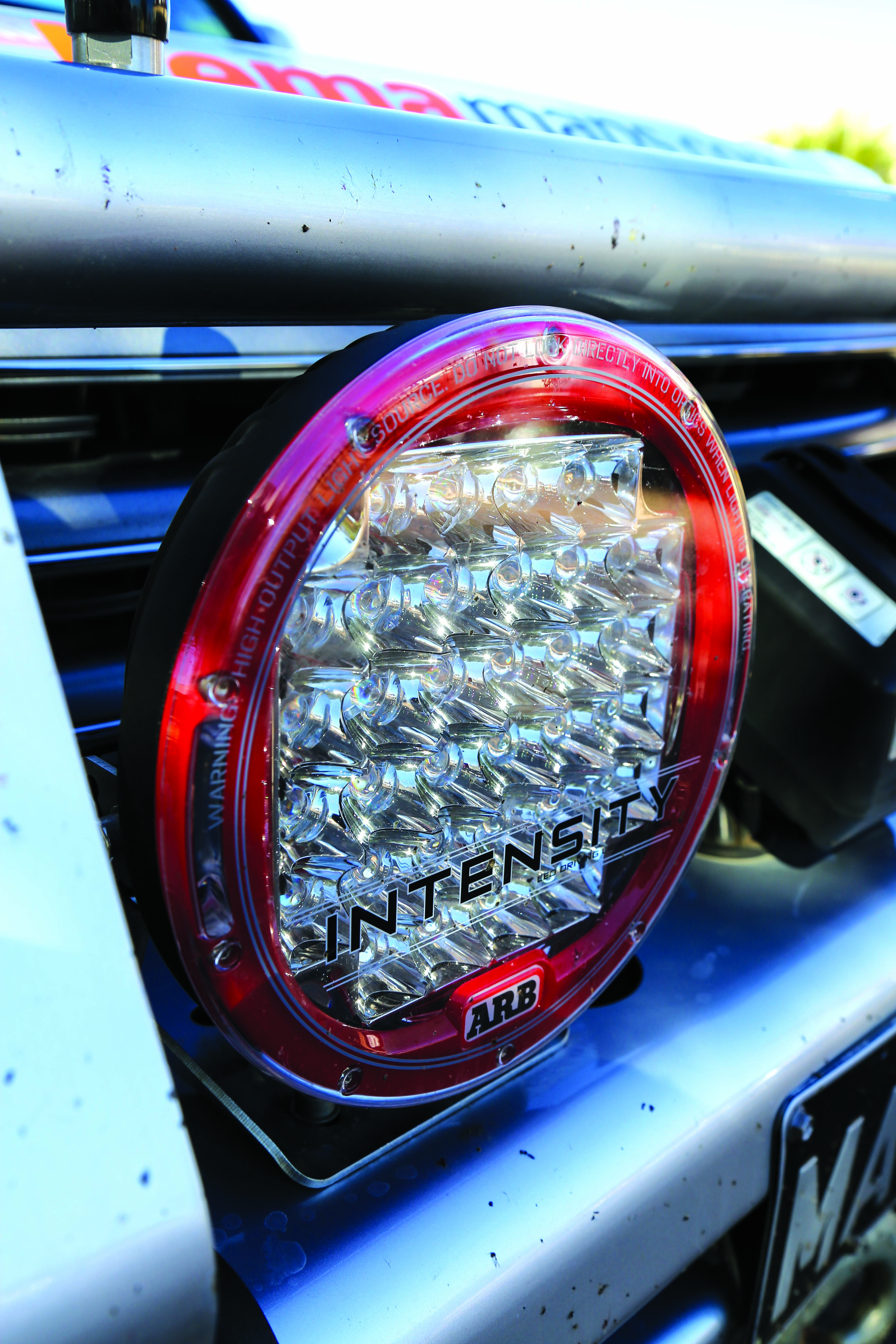:
4WD Lighting
The benefits of additional lighting rigs are obvious; when you’re out there on a pitch-black, overcast night, it’s nice to see where you’re going. Setting yourself up with appropriate lighting will make night driving safer and more enjoyable, but since there are so many products on the market, it can be hard to figure out what will suit your needs. Power, range, size, mounting options and longevity will all need to be factored in when selecting your ideal design.
 Types
Types
First, you’ll notice that there are three main kinds of driving lights out there: halogen, High Intensity Discharge (HID) and Light Emitting Diode (LED).
Halogen lights are the typical yellowish incandescent variety that you’ll find on older cars. They lose a lot of power through heat and don’t hold up well to vibration. They’re becoming less and less common, since newer technologies are more efficient and effective.
HID lights (also referred to as xenon lights) began appearing on high-end cars in the late-90s and are recognisable by their blueish-white hue. They have a lower current draw and provide greater visibility than halogen lights. They do tend to produce more glare for other drivers, so they need to have a correctly angled downward beam and should be kept clean.
LEDs have evolved a great deal in recent years and are becoming the most common aftermarket variety. Because the actual LED components are so small, they can be incorporated into thinner designs, and the ability to arrange them in different ways has given rise to the light bar. They’re by far the most efficient option and don’t lose energy to heat any way comparable to other lights. One thing you’ll notice if you’re shopping around for LEDs is the disparity in pricing, some costing five times as much as others, despite looking exactly the same. This is indicative of the fact that quality will vary a great deal; if you think you’ll get a cheapo set of LED lights and they’ll do the same as the big-name brands, think again; let the specs do the talking.
Lumens and Lux
Lumen ratings are used to indicate to total amount of light emitted by a source. High lumen ratings are often touted by poor-quality manufacturers as a key selling point of their products, but for a four-wheel drive application it’s not the only factor indicative of a good light. In fact, if they don’t spread their light correctly, low quality lights with high lumen ratings may worsen vision by creating reflections on nearby objects, bonnets, aerials and even windscreens.
 Lux, on the other hand, refers to the intensity of light on an object at a certain distance; one lux indicates one lumen per square metre. When buying driving lights, we recommend going for something that exceeds 400-metres lux, which will give one lumen per square metre to objects that are 400 metres away.
Lux, on the other hand, refers to the intensity of light on an object at a certain distance; one lux indicates one lumen per square metre. When buying driving lights, we recommend going for something that exceeds 400-metres lux, which will give one lumen per square metre to objects that are 400 metres away.
Mounting
Where you’re able to mount your lights will also play a role in determining which ones you choose. If you have a bullbar, then there should be plenty of space to fit big round driving lights, and it may already have mounting holes so you don’t have to drill any. Light bars tend to suit smaller front-end setups, and are also often fitted above the windscreen using brackets that attach to roof-racks or drainage gutters. If you do choose to mount them up high, be mindful of the angles involved, ensuring that the beam doesn’t produce glare on the bonnet but is still sending light in a useful direction (not up into the trees).
 Most importantly, there are Australian Design Rules (ADRs) and state laws which dictate where you are and aren’t allowed to mount your lights. Their basic premise is that your driving lights won’t dazzle or cause discomfort to other road users, which leaves some ambiguity. For a more details relevant to your state of residence, it’s best to check with your local transport or roads authority – most have comprehensive guides on their websites.
Most importantly, there are Australian Design Rules (ADRs) and state laws which dictate where you are and aren’t allowed to mount your lights. Their basic premise is that your driving lights won’t dazzle or cause discomfort to other road users, which leaves some ambiguity. For a more details relevant to your state of residence, it’s best to check with your local transport or roads authority – most have comprehensive guides on their websites.







0 comments